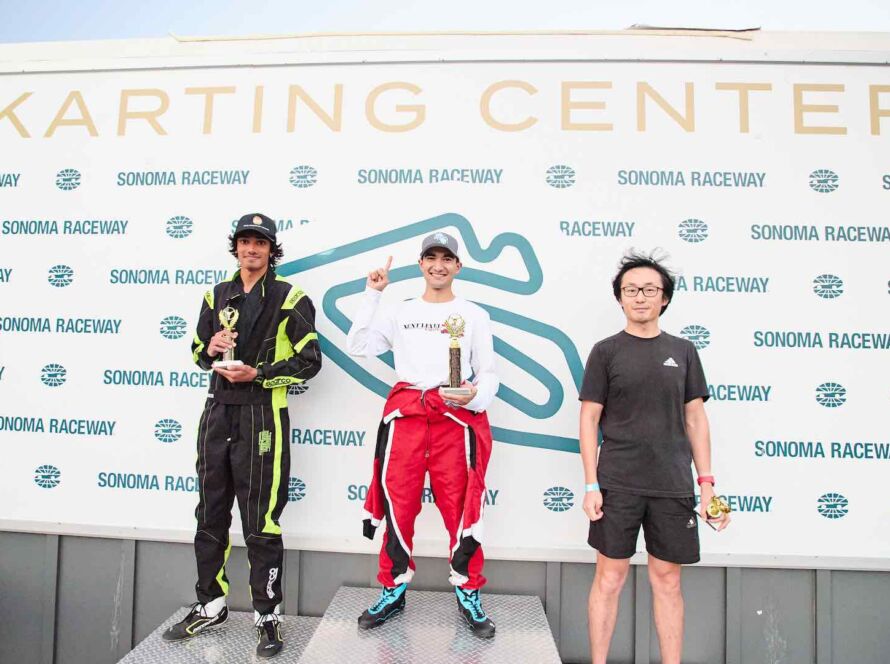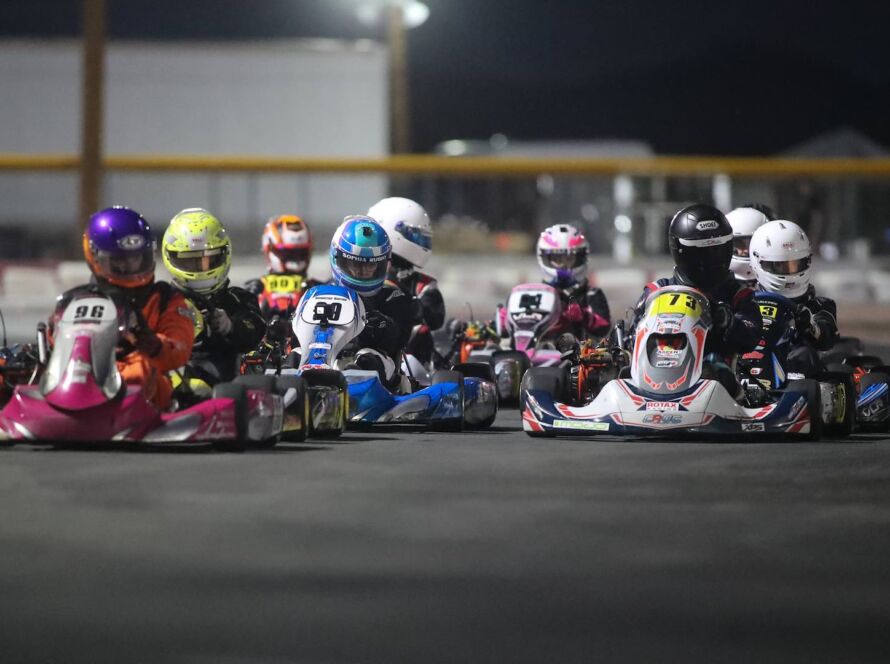Karting isn’t just where most professional racers begin—it’s a motorsport in its own right, demanding intense skill, discipline, and focus. While it may look simple from the sidelines, racing karts professionally is an art form that blends technical ability, mental strategy, and split-second decision-making.
At the professional level, karting goes far beyond just going fast. Drivers must master throttle control, perfect racing lines, and understand how to read both the track and their competition. It’s a physical sport too—grueling on the body and requiring top-notch endurance and reaction time.
The smallest mistake—a missed braking point or late turn-in—can cost valuable positions. That’s why successful karters train rigorously, fine-tune their setups, and spend countless hours analyzing data and honing their craft.
More than a stepping stone to higher levels of motorsport, professional karting is a proving ground where true racers are shaped. It’s fast, it’s fierce, and for those who understand the art—it’s pure racing at its finest.
More than a starting point
Kart racing is a fiercely competitive arena that demands the same level of commitment, talent, and mental grit as any top-tier racing series. In fact, many of today’s Formula 1 stars credit their karting roots for shaping the skills that got them to the top.
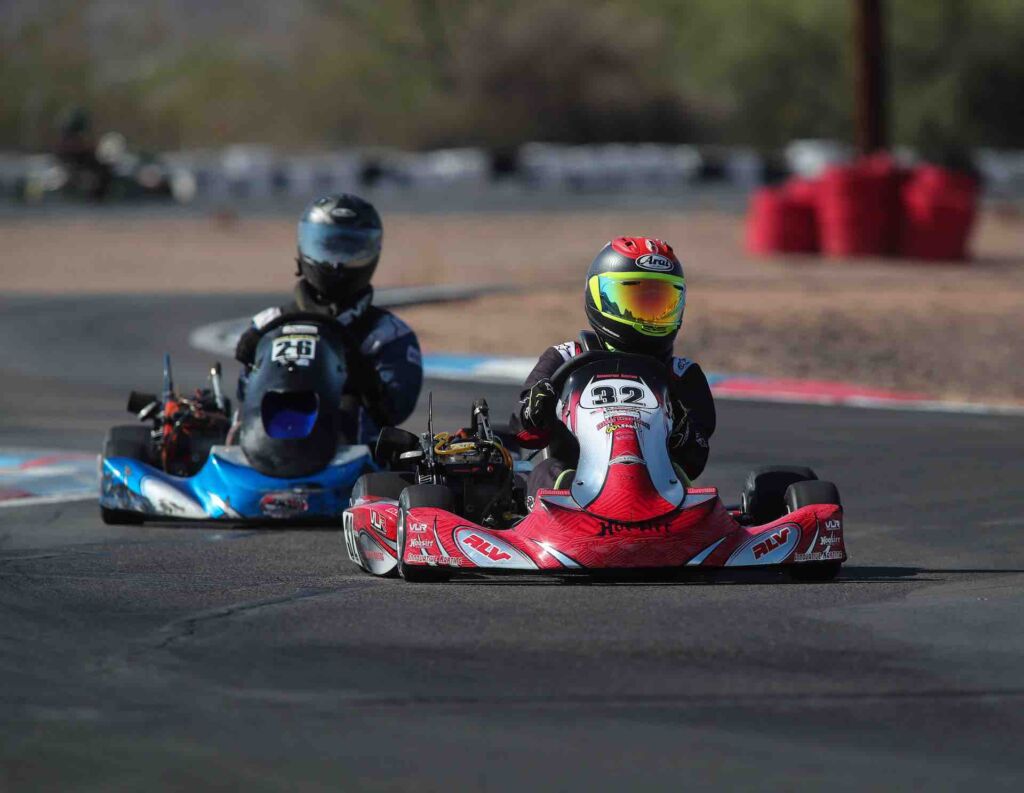
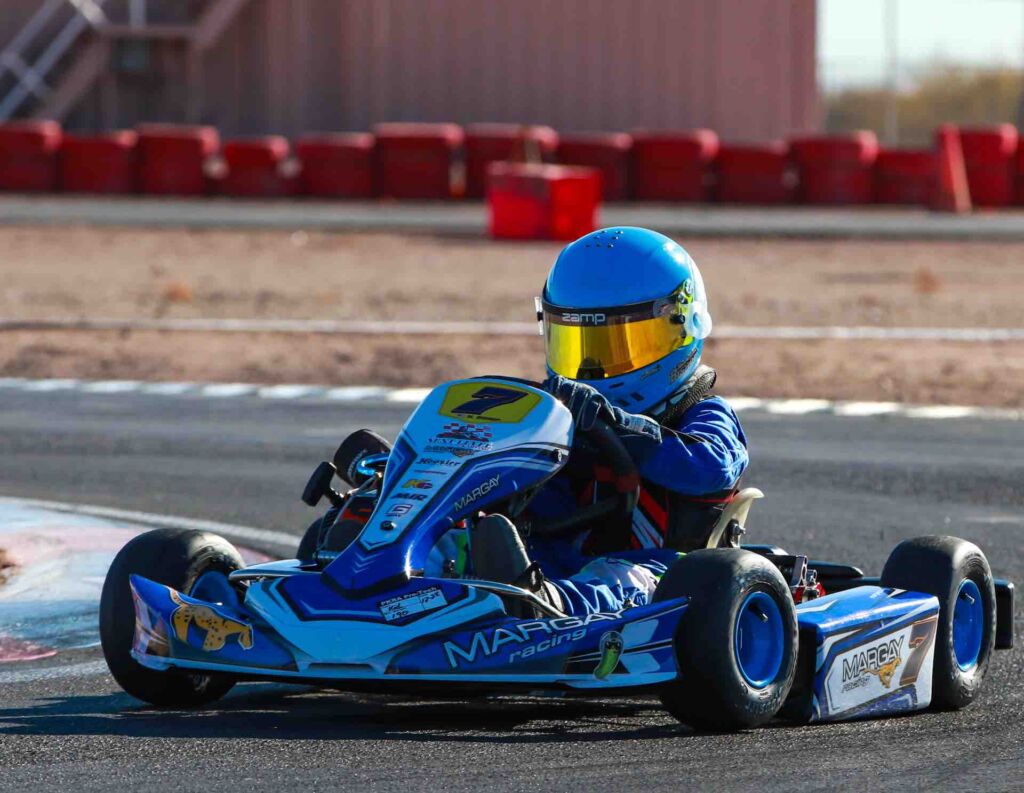
Mastering the Fundamentals
Karting strips racing down to its purest form—no suspension, no onboard computers, no team radio. Just a driver, a chassis, a motor, and the track. This simplicity is what makes it such a powerful teacher. In order to compete professionally, drivers must develop complete control over the kart. That means learning throttle finesse, late braking, cornering with precision, and knowing exactly when to defend or attack.
Even the most minute mistake—a missed apex, over-accelerating out of a turn, or hesitating in traffic—can be the difference between a win and falling back through the pack.
Karts taught me everything. Braking, racing lines, patience—everything started there.
Ayrton Senna (The G.O.A.T.)
Mental Toughness and Strategy
At the professional level, kart racing is as much mental as it is physical. Races can be won or lost before the green flag even drops. Drivers must learn to read their competitors, adapt to changing grip levels, and respond instantly to on-track chaos. Strategy plays a huge role—when to overtake, how to defend, how to pace yourself across laps, and when to take calculated risks.
Endurance races, in particular, push drivers to maintain consistent lap times under fatigue while managing tire wear and fuel usage. This blend of endurance, focus, and decision-making makes professional karting one of the most mentally demanding disciplines in motorsport.
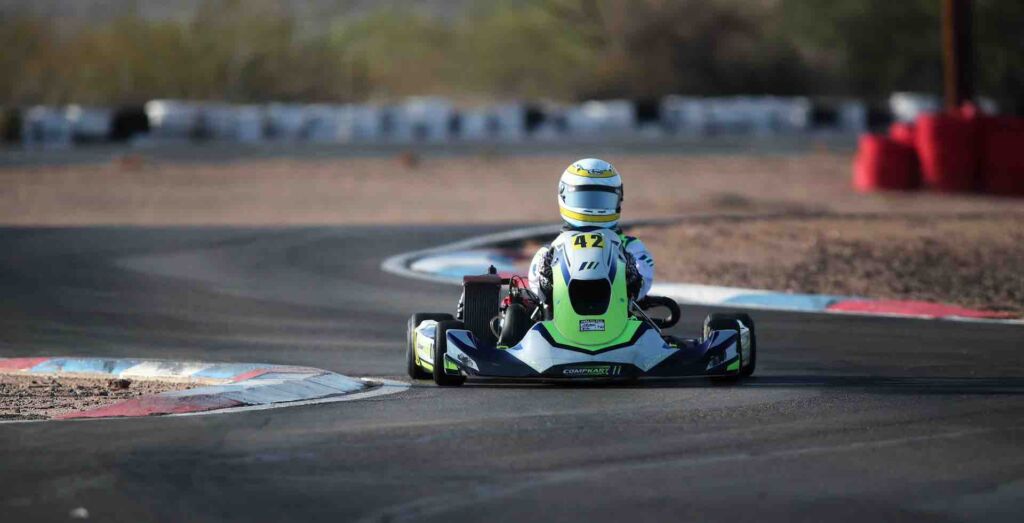
The Physical Challenge
Don’t let the small size of the karts fool you—this is a physically intense sport. With no suspension and high cornering forces, drivers must use every part of their body to control the kart, especially the arms, shoulders, and core. Races are short, fast-paced, and relentless. Professional karters often train like athletes, working on strength, stamina, reflexes, and even neck muscles to withstand the demands of race weekends.
A Competitive Community
Professional karting is also a tight-knit, passionate community. Teams, drivers, mechanics, and families all play a role. It’s a culture built around long days at the track, constant learning, and the shared love of speed. Whether it’s national championships or international series like CIK-FIA, the competition is fierce, and the margins are razor-thin. Winning requires more than just talent—it takes preparation, teamwork, and relentless dedication.
A Sport of Its Own
While many use karting as a launchpad into higher racing categories, countless racers choose to stay and compete at the highest levels of karting. And for good reason: it’s raw, thrilling, and one of the most honest forms of racing. There are no shortcuts—just skill, passion, and pure competition.
In the end, the art of racing karts professionally is about more than crossing the finish line first. It’s about mastering a craft, understanding the mechanics of speed, and embracing the unfiltered joy of wheel-to-wheel racing. For those who live it, karting isn’t just part of the journey—it is the destination.


